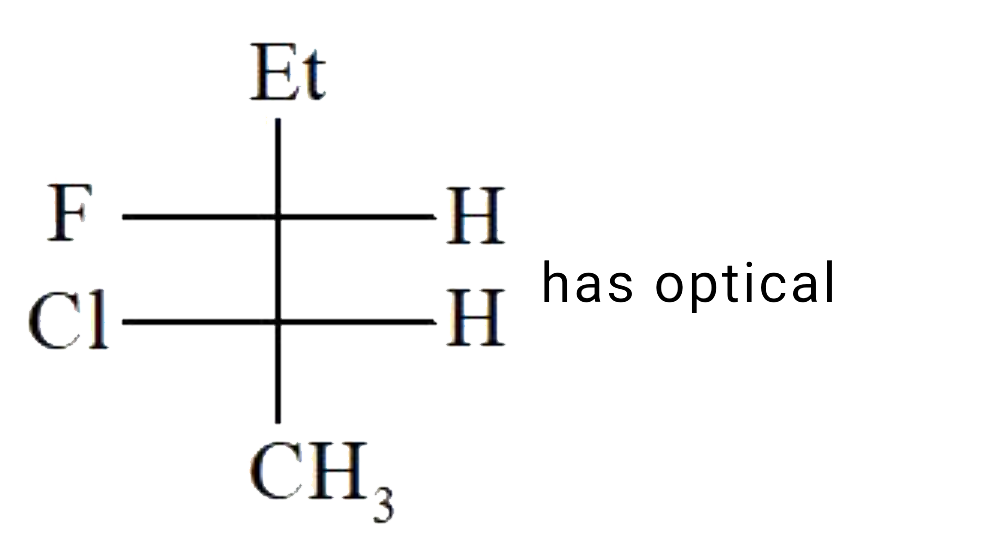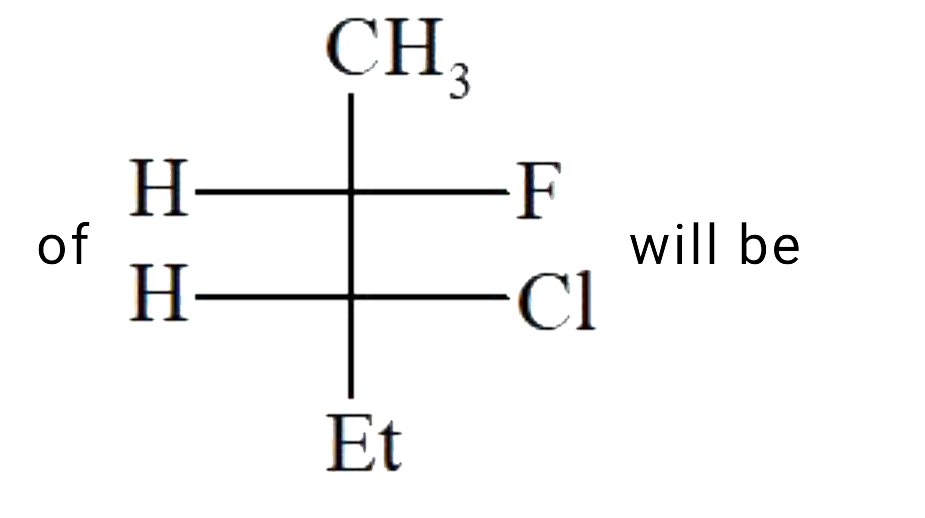D (+) Glucose has melting point C and specific rotation is + C. Another D(+) Glucose has melting point C and specific rotational is +C. The two form have significantly different optical rotation but when an aqueous solution of either form is allowed to stand, it rotation changes. The specific rotation of one form decreases and rotation of other increases until both solution show the same value . The change in rotation towards an equilibrium value is called mutarotation.
^(25) is + 112^@C. Another D(+) Glucose has melting point 150^@C and specific rotational [alpha](D)^(25)is +18.7^@C. The two form have significantly different optical rotation but when an aqueous solution of either form is allowed to stand, it rotation changes. The specific rotation of one form decreases and rotation of other increases until both solution show the same value +52.7^@. The change in rotation towards an equilibrium value is called mutarotation. What percentage of beta-D-(+) glucopyranose found at equilibrium in the aqueous solution?](https://d10lpgp6xz60nq.cloudfront.net/physics_images/GRB_HP_JEE_ORG_CHE_C10_E03_008_Q01.png)
What percentage of -D-(+) glucopyranose found at equilibrium in the aqueous solution?
A
B
C
D
Video Solution
Text Solution
The correct Answer is:D
|
Similar Questions
Knowledge Check
D (+) Glucose has melting point 146∘C and specific rotation [α]25D is + 112∘C. Another D(+) Glucose has melting point 150∘C and specific rotational [α]25Dis +18.7∘C. The two form have significantly different optical rotation but when an aqueous solution of either form is allowed to stand, it rotation changes. The specific rotation of one form decreases and rotation of other increases until both solution show the same value +52.7∘. The change in rotation towards an equilibrium value is called mutarotation.

Mutarotation is characteristic feature of:AEpimerBEnantiomerCAnomerDRing chain isomerD (+) Glucose has melting point 146∘C and specific rotation [α]25D is + 112∘C. Another D(+) Glucose has melting point 150∘C and specific rotational [α]25Dis +18.7∘C. The two form have significantly different optical rotation but when an aqueous solution of either form is allowed to stand, it rotation changes. The specific rotation of one form decreases and rotation of other increases until both solution show the same value +52.7∘. The change in rotation towards an equilibrium value is called mutarotation.

For mannose the mutarotation can be shown in brief as follow:
 Aα-formBβ-formCopen chainDNone of these
Aα-formBβ-formCopen chainDNone of theseMagnitude of specific rotation of a compound is independent of :
AsolventBconcentrationClength of tubeDtemperature

rotation −45∘, so optical rotation of

View SolutionWhich has no rotation of symmetry ?
View SolutionName the instrument used for measuring specific rotation.
View Solutionα−(D) glucose ⇔β−(D) glucose, equilibrium constant for this s 1.8. The percentage of α−(D) glucose at equilibrium is
View SolutionThe optical rotation of the ∝- form of a pyranose is +150.70, that of the β-form is +52.80. In solution and equilibrium mixture of the anomers has an optical rotation of +80.20. The percentage of the ∝- form at equilibrium is
View Solution
